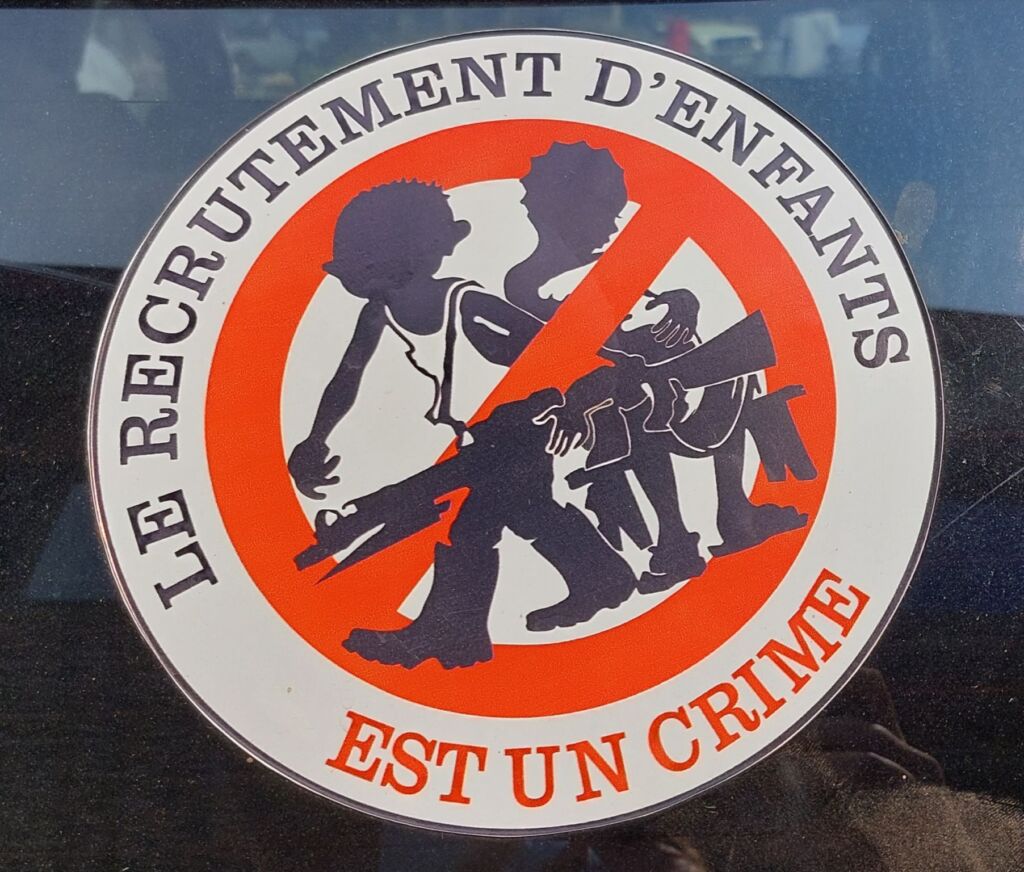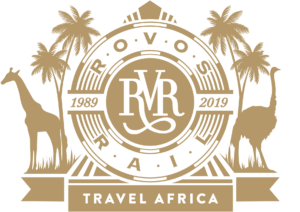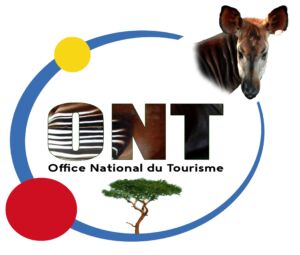On this exclusive day trip we’ll take you to see Kananga. You’ll get to see the city center, the post office and also the famous monument with the first train in Congo in the city center. We’ll drive by a lot of old colonial buildings and we’ll also make a visit to the cathedral of Kananga, a beautiful well-preserved building. Also included is a visit to the big market of Kananga full of local fruits and vegetables, but also strange smoked fish and meats and plenty of weird insects, herbs, spices and incense. If available, we’ll also have a guided tour at the military academy of Kananga. It is important to ask this at least several weeks before as it takes quite some time to get permission.
Kananga:
Kananga is the capital of Lulua Province in Democratic Republic of the Congo. The city has approximately 1.9 million inhabitants. Locally, the town is known as Kananga-Malandji or Kananga-Malandji wa Nshinga, where "nshinga" ("cables") stands for the Inga-Shaba high-voltage cables, connecting Kolwezi and South Kasai to the Inga Dam.
The city is located on the Lulua River and on the Ilebo – Lubumbashi railway on cape railway. It is an important commercial and administrative center and the main city of West Kasai. There is an airport. It is also the seat of the Archdiocese of Kananga.
Kananga was founded on the left bank of the Lulua River by German explorers von Wissmann and Pogge in 1881 who created the Pogge-Station by order of the Belgian King Leopold II. The station was renamed Malandji shortly, named after the 400 porters who came from Malanje, Angola. Kananga became the administrative post of the Kasai and was frequently raided by Arab slave traders so in 1890 a military post was stated near the site. At the beginning of the 1900’s, a railway line was built on the other bank of the river. The station was then moved there and the place was given the name Luluaburg, after the train station that was built on the railroad. The old location is now called Malandji-Makulu ('Old Malandji').
In 1960 when the independence of Belgian Congo was being discussed, it was decided to make Luluaburg the new capital due to its more central position, but because of the Katanga uprising, this was never implemented.
In 1966 Mobutu Sese Seko changed the name Luluaburg to Kananga.
"A few things could have made things a bit easier:"
"More time in Uganda. Too much travelling in a tight schedule. Not your fault, my choice."
- Jean-Denis, Canada, Virunga Gorilla Park and Handicrafts Market, Dagambwa Island and Coffee Plantation in Minova































